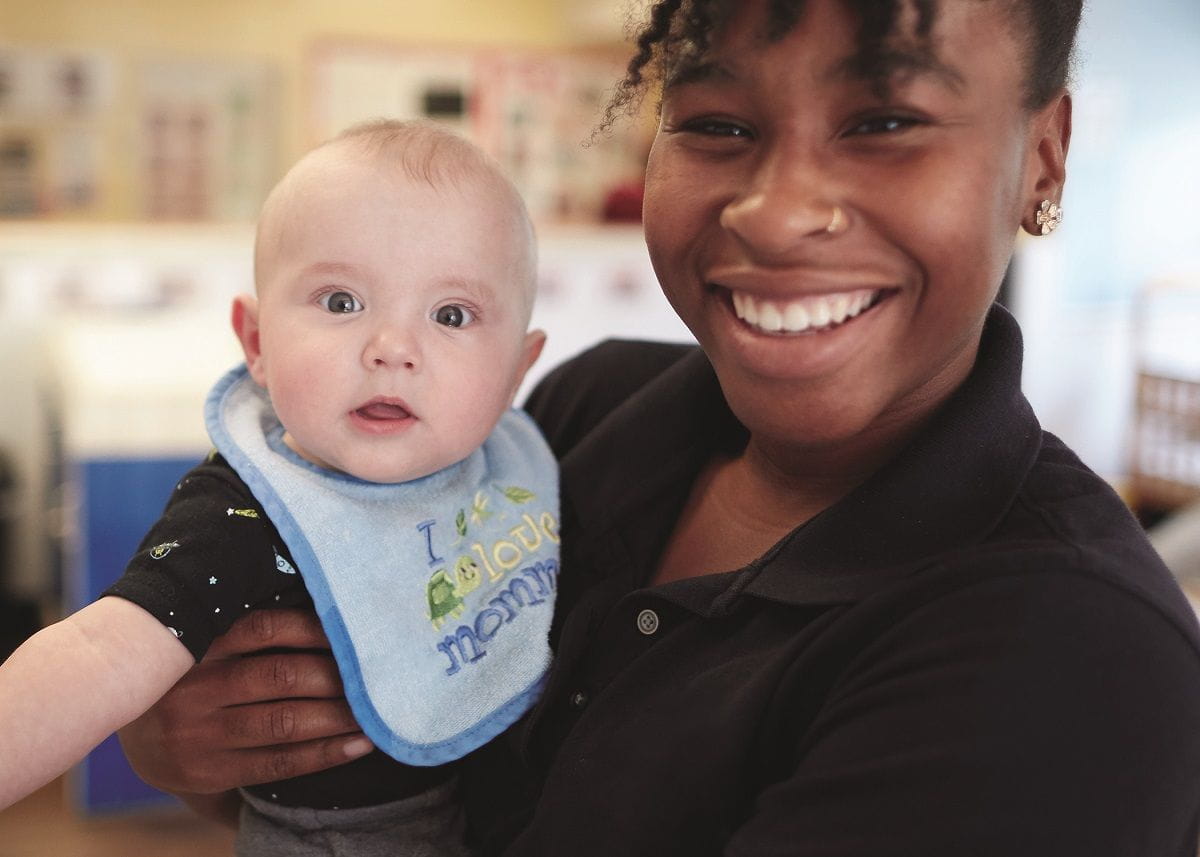Expert Infant Teachers Share What to Look for in a Daycare
7-minute read
- Health and safety practices, especially at naptime.
- Infant curriculum to help your baby grow and flex schedules to mirror what you do at home.
- Clean and tidy center where infants are free to crawl and explore safely.
- Teachers you can connect with and communicate with easily.
- Licensing and accreditation for the daycare you choose.
Going back to work after having a baby is a major life shift, whether you work from home or outside of the home. With so much to consider, it can feel overwhelming, but don’t worry. We’re here to help you create a new routine so you can meet this moment and find an infant childcare where your baby and your family thrive.
To get started, we asked our early childhood experts—KinderCare teachers—what to look for in a daycare for infants. Here are their top suggestions on how to find the perfect place for your new baby to begin their education journey.

1. Safety first
Everyone Belongs In Our Circle
At KinderCare, we’re committed to building warm, welcoming and supportive classrooms for children of all abilities, backgrounds and experiences.
Find a center near you2. Curriculum and flexible schedule
Yes, curriculum for your infant. It may sound strange at first, but this is one of the best times for learning. Watch this short, 5-minute video with our Chief Academic Officer, Dr. Elanna Yalow, talking to a new mom about early learning for infants and how teachers can help boost your baby’s brain development by building connection to people and things around them. Click here for even more advice for new families from Dr. Yalow.
3. A clean and tidy environment
4. Teachers that you connect with
A Lifetime Of Confidence Starts Here
Our teachers help every child build the confidence they need to try new things and explore the world around them.
Search for a center near you



.jpg?la=en&h=800&w=1200&hash=799F5BD6E84A71FB0D1C8E657FE7F226)
